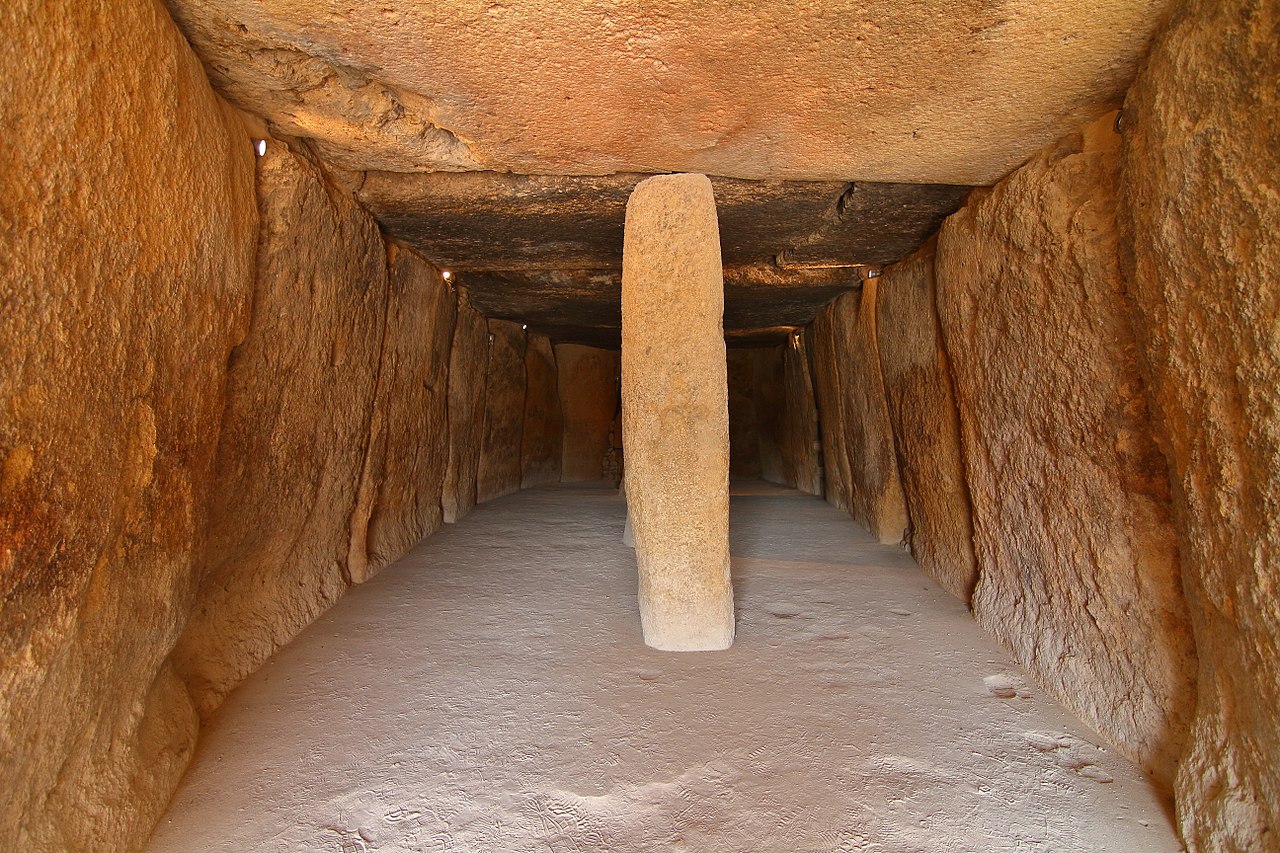A recent study has revealed the remarkable engineering prowess of Neolithic farmers and herders who constructed the Dolmen of Menga, a massive stone chamber in southern Spain, nearly 6,000 years ago. The findings suggest that these ancient builders had a solid grasp of physics, geometry, geology, and architectural principles, well ahead of their time.
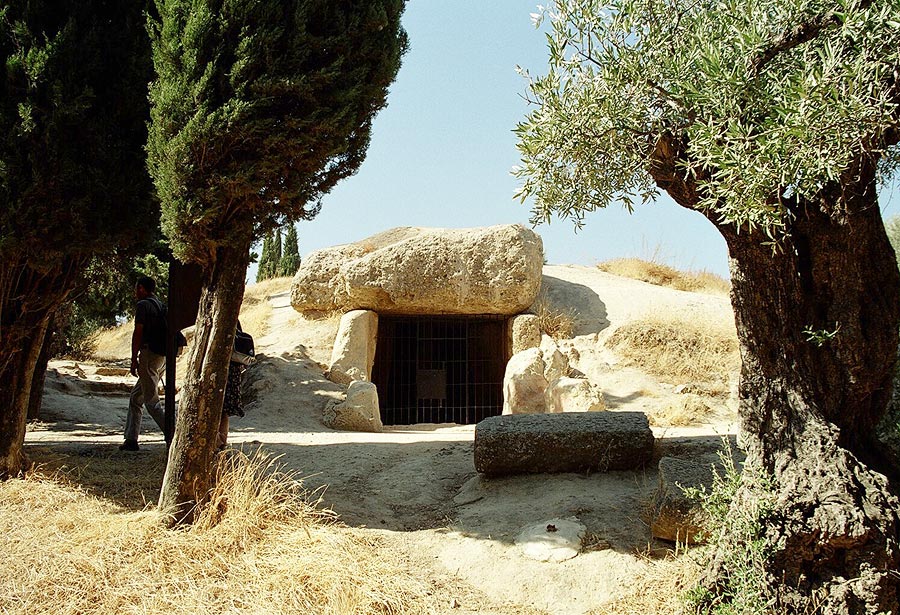
Using a combination of high-resolution laser scans, previously unpublished photos, and diagrams from earlier excavations, archaeologists were able to piece together the likely construction process of this prehistoric monument. Their research, published in Science Advances on August 23, 2024, provides new insights into the technical abilities of these early Neolithic builders.
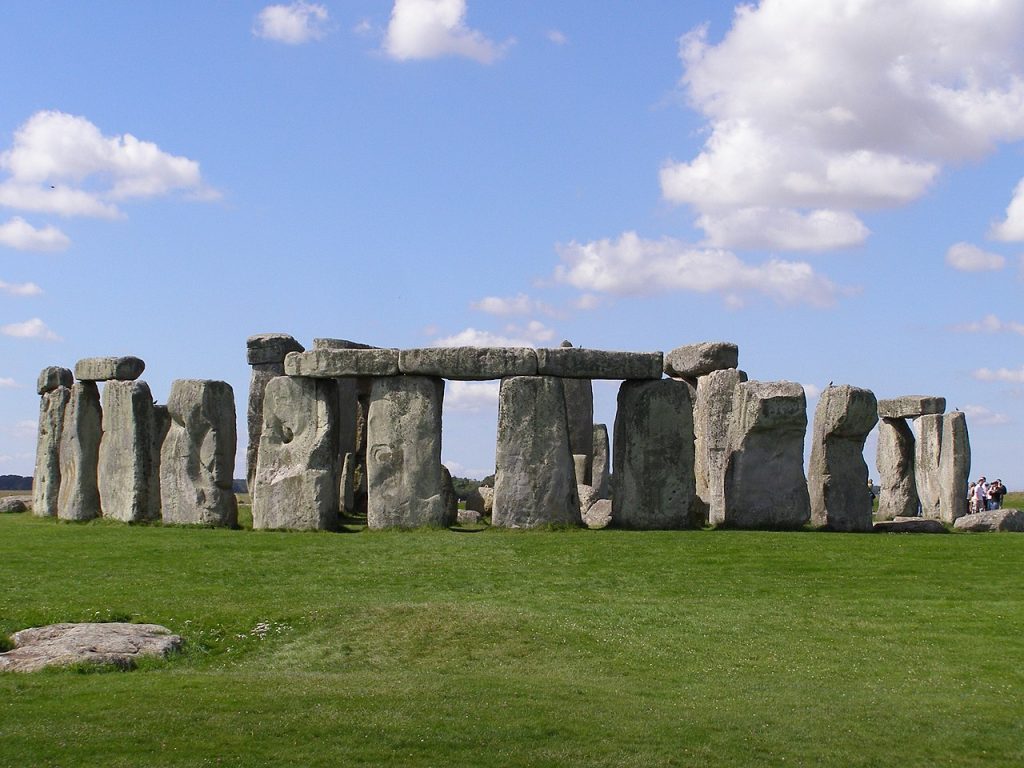
The Dolmen of Menga predates the main stone circle at Stonehenge by approximately 1,000 years. Despite the time difference, the construction techniques involved would have been quite similar, showcasing a comparable level of engineering sophistication. The monument is a testament to the ingenuity and resourcefulness of its builders, who managed to transport and erect enormous stone blocks with incredible precision.
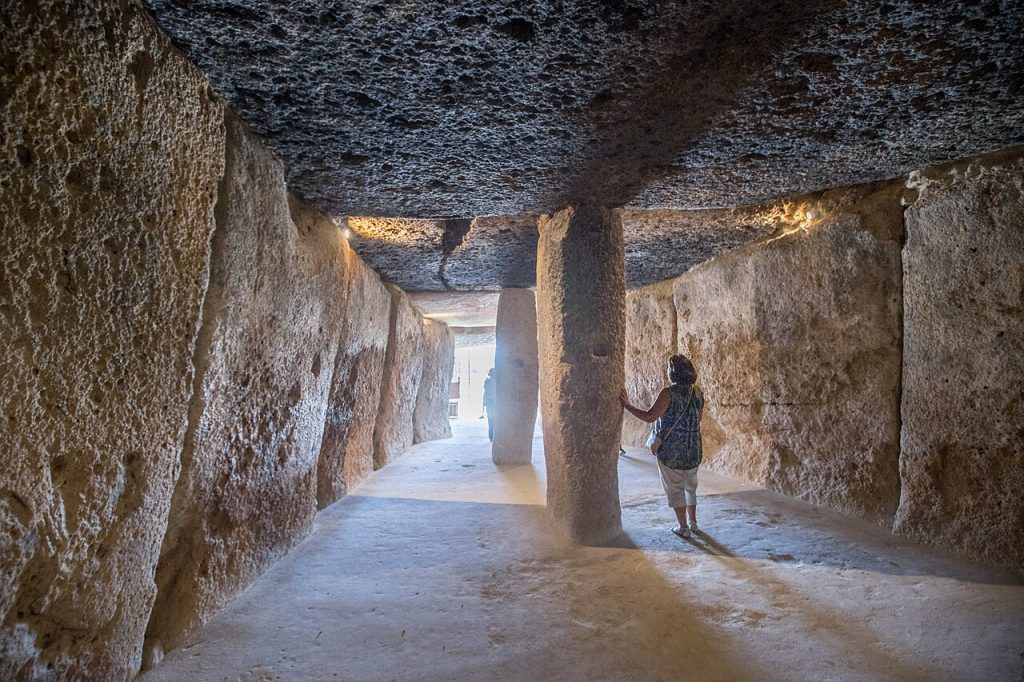
The dolmen was constructed using 32 giant stone blocks, which were transported from a quarry located around one kilometer away. These blocks formed the walls, pillars, and roof of a massive chamber measuring approximately 28 meters long, 6 meters wide, and 3.5 meters high. The largest of these blocks, one of the capstones forming part of the roof, is 8 meters long and weighs an estimated 150 tonnes. For comparison, the heaviest stone used in Stonehenge weighs about 30 tonnes.
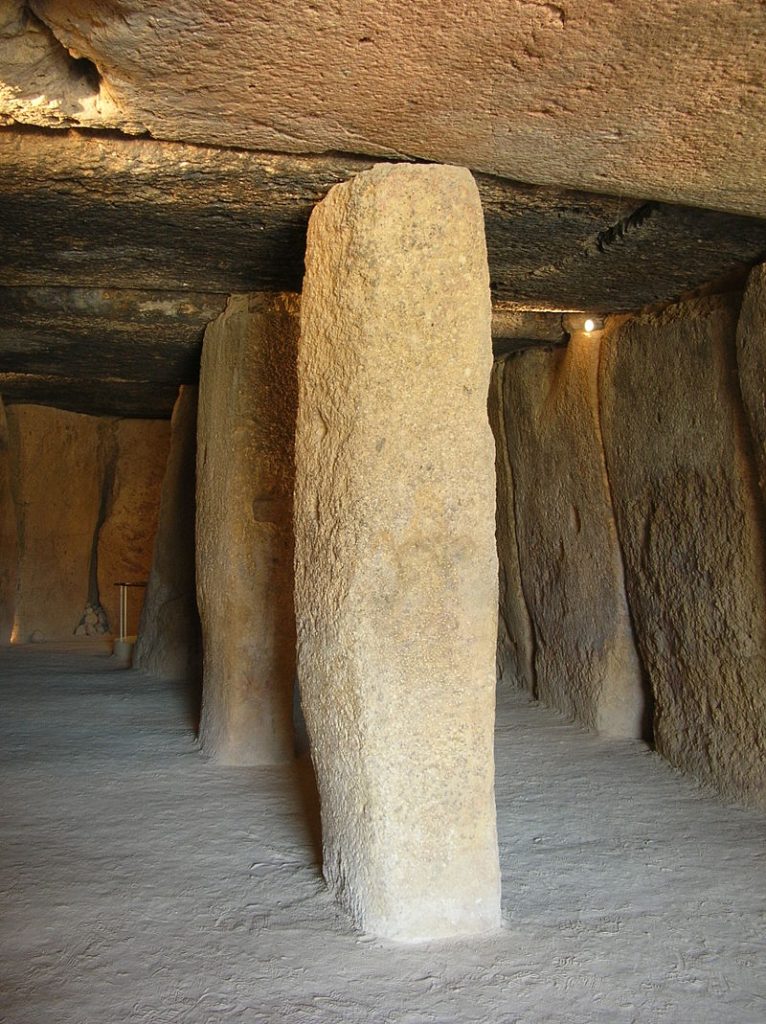
Transporting such massive slabs over rough terrain without breaking them would have required great care. The researchers suggest that the builders likely used specially built wooden tracks to reduce friction as the stones were dragged to the site, similar to the methods believed to have been employed at Stonehenge. This technique would have required a deep understanding of the materials and the forces at play, demonstrating the builders’ advanced knowledge of physics and engineering.
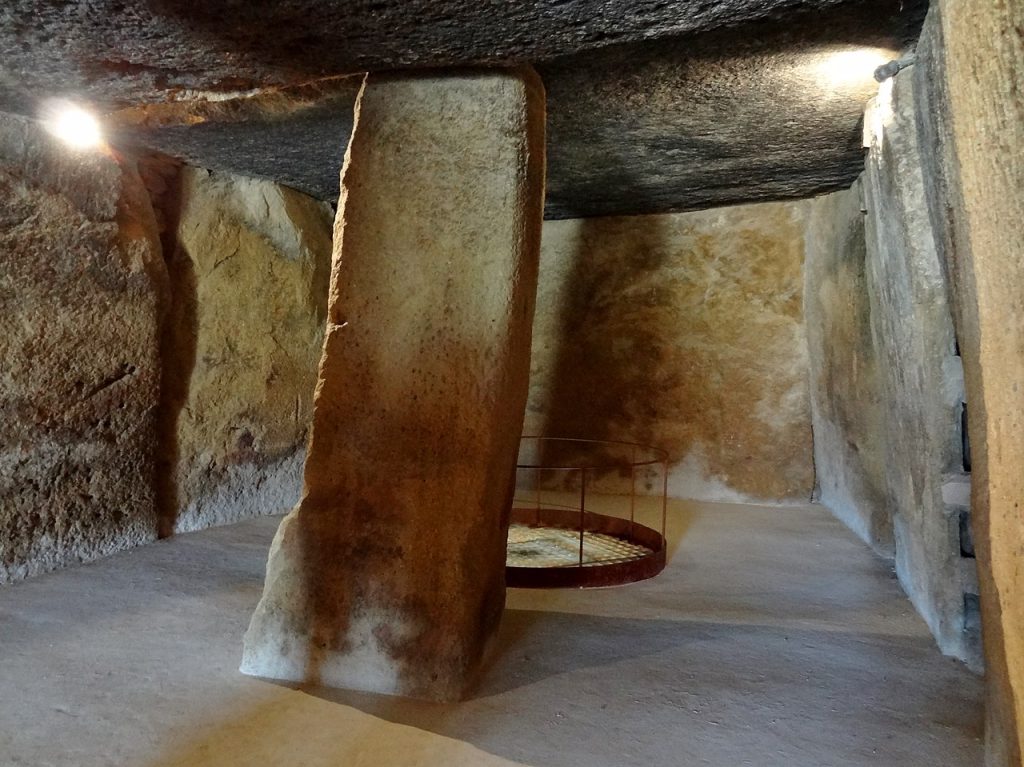
The precision with which the dolmen’s stones were fitted together is particularly impressive. The stones were meticulously carved and fitted into sockets carved 1.5 meters deep into the bedrock. The laser scans revealed that the builders used counterweights and ramps to carefully tilt the upright stones into place at precise angles, accurate to within millimeters. These stones were then locked against their neighbors, ensuring the structure’s stability once the counterweights and ramps were removed. One unusual feature of the burial chamber is a well.
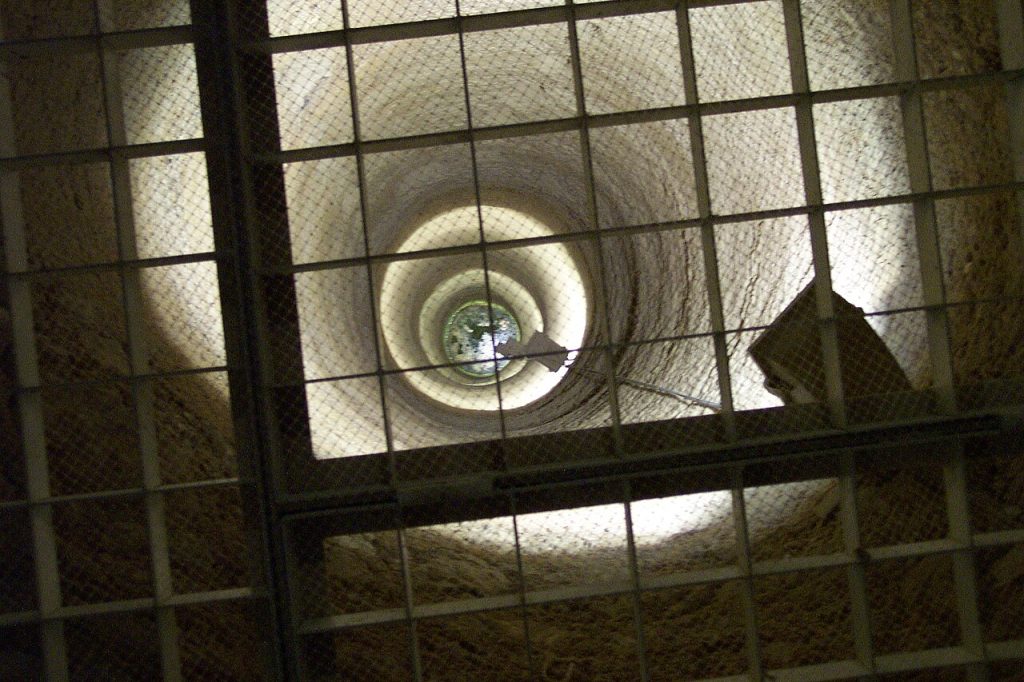
One of the most remarkable aspects of the Dolmen of Menga is its location in a seismically active, earthquake-prone area. Despite nearly 6,000 years of natural forces, the structure remains intact, a testament to the skill and foresight of its builders. The dolmen’s ability to withstand earthquakes suggests that its creators had a sophisticated understanding of how to build durable, earthquake-resistant structures. The well also remains intact to this day.
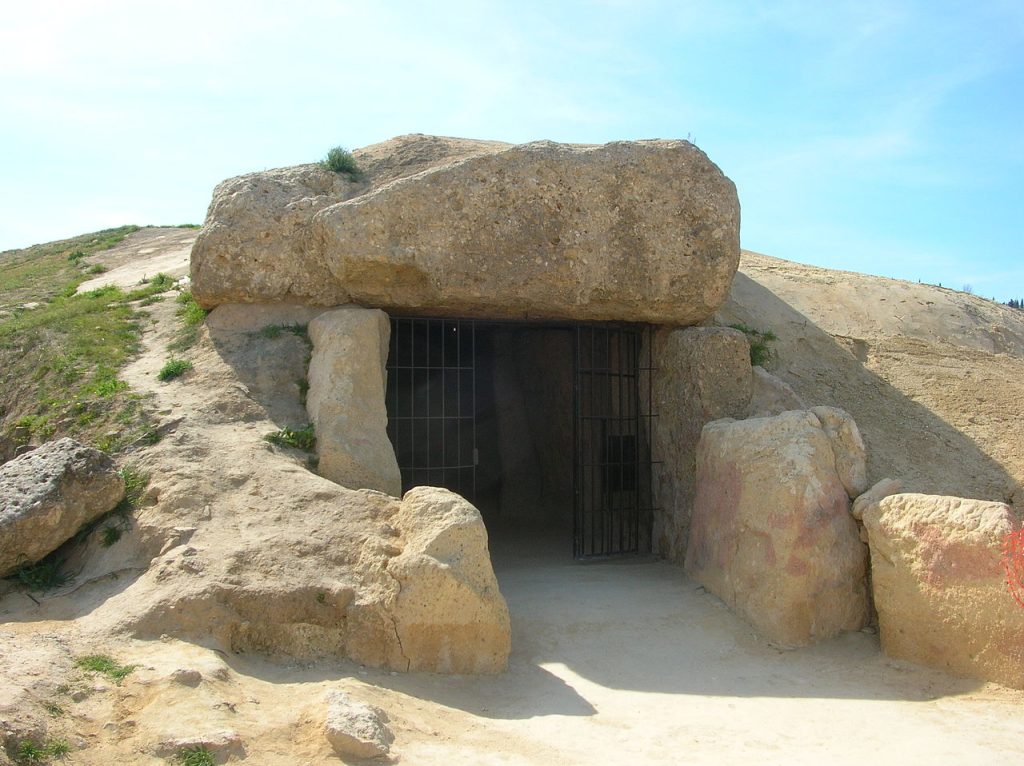
The Dolmen of Menga is not only an engineering marvel but also a significant cultural site. It is one of the largest known ancient megalithic structures in Europe, measuring 27.5 meters in length, 6 meters in width, and 3.5 meters in height. The monument is believed to have served as a burial chamber for the ruling families of the time. When the grave was first excavated in the 19th century, the remains of several hundred people were found inside.
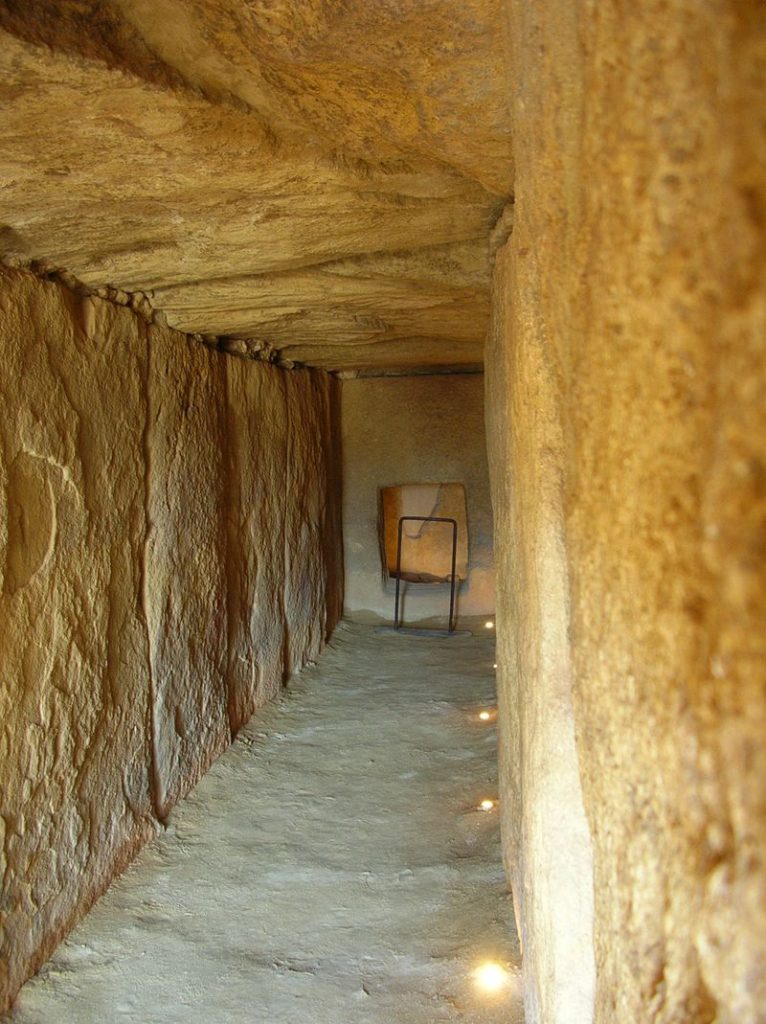
The dolmen is part of a larger complex of prehistoric sites in the region, including the Dolmen de Viera and the Tholos de El Romeral. These structures were inscribed as a UNESCO World Heritage Site in 2016 under the name “Antequera Dolmens Site.” The Dolmen of Menga is also closely linked to the nearby Abrigo de Matacabras, a small cave with schematic style cave paintings. The dolmen is uniquely oriented towards this cave, further emphasizing the cultural and symbolic significance of the site.
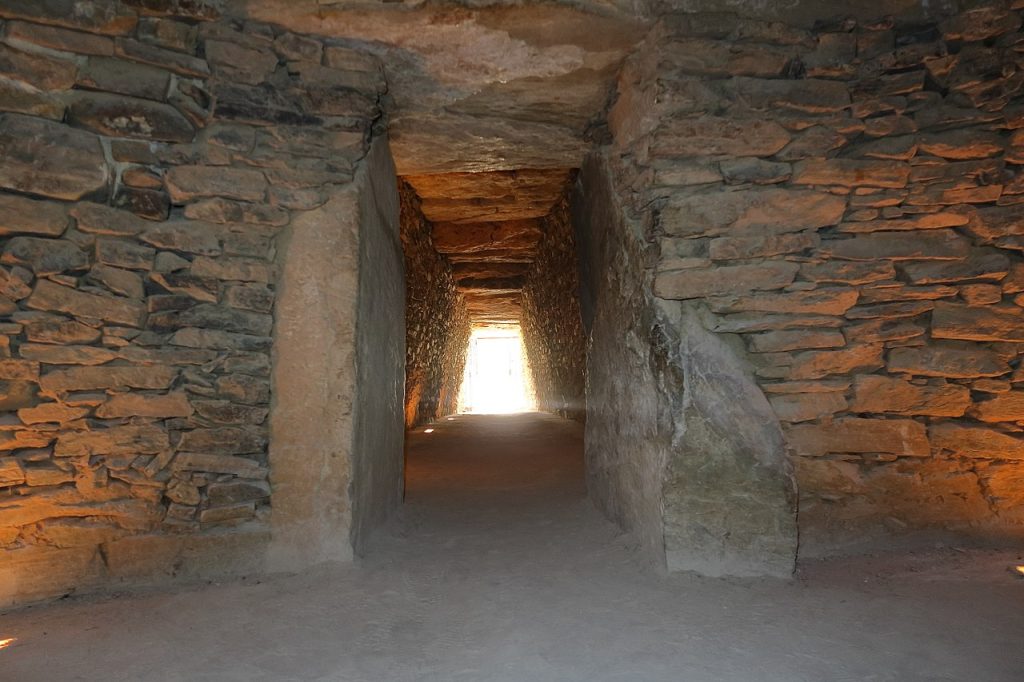
The study of the Dolmen of Menga highlights the impressive technical abilities of its Neolithic builders, who managed to create a structure that has stood the test of time. It also offers a glimpse into the rich cultural and architectural heritage of prehistoric Europe, underscoring the advanced knowledge and skills possessed by these early societies.

